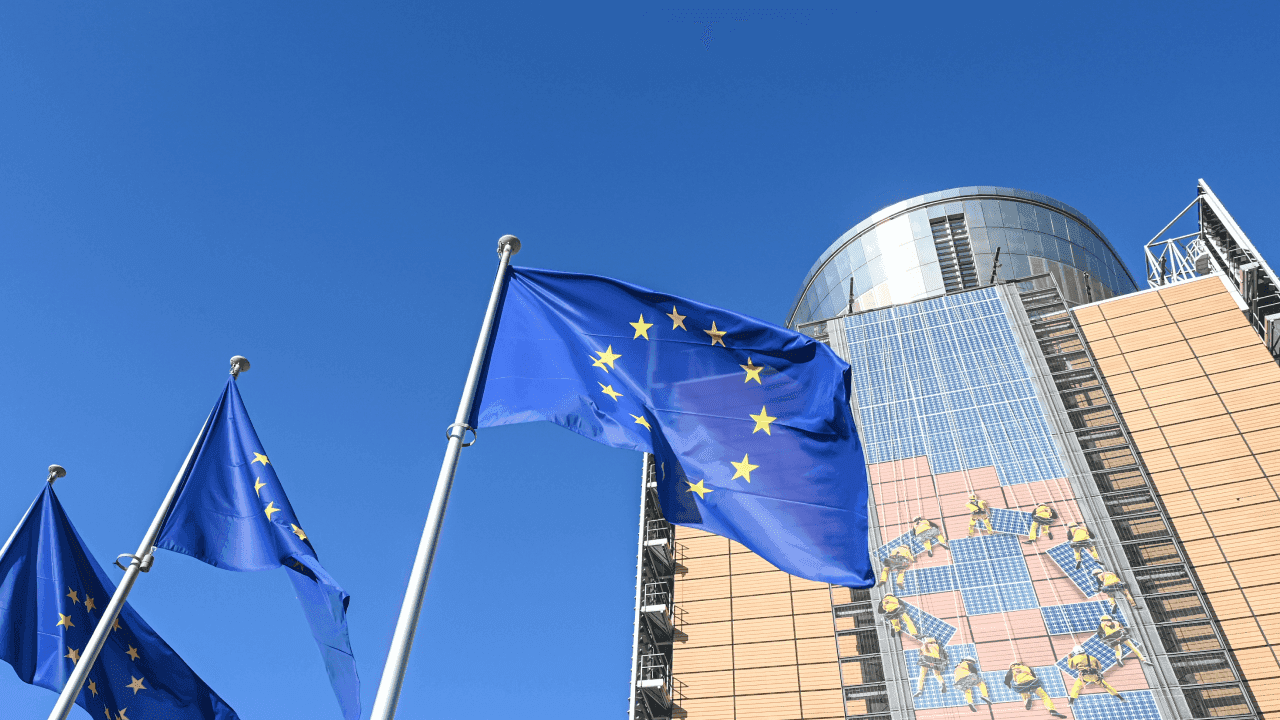
ECB meeting April 2024: interest rates unchanged
The recent drop in inflation rates in France and Italy has ignited a lively debate about possible moves by the European Central Bank (ECB), with much attention focused on the At the last ECB meeting in April 2024, the Governing Council decided to keep the three key interest rates unchanged.
This decision came despite the recent drop in inflation rates in France and Italy. In fact, the picture in March sparked a lively debate on possible moves by the European Central Bank, pointing to the possibility of an early rate cut. This discussion comes against a backdrop of Europe actively trying to balance economic growth with controlling inflation, a topic of considerable interest to investors, policy-makers, and consumers.
The European panorama
The eurozone witnessed a significant reduction in inflation in 20 nations, which fell to 2.4% in March. This result exceeded analysts’ expectations, who had forecast a stable inflation rate of 2.6%
This is consistent with the inflation trend, which has shown a steady decline since its peak of 10.6% in October 2022, driven by pandemic disruptions and geopolitical tensions, particularly Russia’s invasion of Ukraine.
A further decline is therefore encouraging and marks a moment of optimism, which the ECB meeting in April 2024 confirmed.
Indeed, the Council pointed out that most measures of core inflation are showing signs of easing, with wage growth moderating gradually and companies beginning to absorb some of the increase in labour costs into their profits.
The demand-pulling effects of previous interest rate hikes, together with tight financing conditions, are helping to moderate inflation. Nevertheless, domestic price pressures remain strong, particularly in the service sector, keeping service price inflation at high levels.
Falling inflation in France
In France, inflation slowed to its lowest level since July 2021, with consumer price growth slowing to 2.3% in March from 3.2% in February, according to the national statistics agency. This was well below economists’ forecasts, which expected a figure of 2.8%, signalling a general slowdown in price increases. In particular:
- services inflation dropped to 3%
- that of energy at 3.4%
- and a significant decrease in food inflation to 1.7 per cent, with fresh food prices falling by 3.9 per cent year-on-year.
Month-on-month inflation data further confirmed the trend, slowing from 0.9% to 0.3%, indicating a considerable easing of inflationary pressures in the eurozone’s second-largest economy.
Falling inflation in Italy
Italy also reported a lower-than-expected inflation rate for March, with consumer prices rising by 1.3% year-on-year, against forecasts of 1.5%. This moderation was attributed to the end of seasonal clothing sales and price increases in transport services, along with a slowdown in falling energy costs.
ECB rate cut decisions
The interest rates on the main refinancing instruments, the marginal lending facility and deposits will remain fixed at 4.50 %, 4.75 % and 4.00 % respectively.
Furthermore, according to statements given at the press conference following the meeting, the Council believes that inflation levels in the coming months will still fluctuate around current levels. The decline in inflation will not be linear and will therefore have to be assessed on a case-by-case basis. In all likelihood, the target level of 2% will only be reached next year.
François Villeroy de Galhau, Governor of the Bank of France, hinted at the possibility of a rate cut in June, provided inflation continues to fall faster than expected and the economy remains stagnant. He emphasised the importance of not overburdening economic activity by maintaining a tight monetary policy for a prolonged period.
Speaking at a financial event in Barcelona, Pablo Hernández de Cos outlined a scenario where June could see the start of interest rate cuts by the ECB. As Governor of the Bank of Spain, De Cos’ outlook carries significant weight, highlighting a cautious but optimistic approach to the Eurozone economy.
Wage growth and inflation
Despite encouraging signs of cooling inflation, ECB monetary policymakers remain
Despite encouraging signs of cooling inflation, the ECB’s monetary policymakers remain cautious, particularly as wage growth gradually moderates. Companies are starting to absorb some of the increase in labour costs with their profit margins.
With service sector inflation down only slightly to an annual pace of 3.9% in February, the central bank is taking a measured approach, probably waiting until June to reassess wage pressures and their potential to bring inflation closer to the target.
Market expectations and ECB position
Analysts believe that the biggest complication could come if the US Federal Reserve delays its policy easing to keep up the fight against inflation. For this reason, they believe the ECB will not cut rates before its big sister.
To the supporters of this interpretation, ECB President Christine Lagarde replies: ‘We are data-dependent, not Fed-dependent’. She adds, ‘We do not speculate what other central banks might do. (…) Different factors drive inflation in the US and the Eurozone. (…) It cannot be assumed that Eurozone inflation will mirror US inflation.”
After the ECB decision, money markets were pricing about a 70% chance of a 25 basis point rate cut in June, compared to about an 80% chance earlier on Thursday.
Experts such as Carsten Brzeski, global head of macro at ING, suggest that the March inflation data, combined with upcoming information on wage growth and ECB staff forecasts for GDP and inflation, are tilting the narrative towards a first rate cut in June. Kamil Kovar of Moody’s Analytics interprets the latest data as a significant step towards defeating inflation, advocating up to five rate cuts this year.
Perspectives
The ECB’s decision to keep interest rates unchanged and to continue with a measured monetary policy reflects a careful assessment of current economic conditions and the inflation outlook. By committing to a flexible and data-driven approach, the ECB underlines its determination to ensure lasting price stability by balancing the needs for economic growth with its responsibility to keep inflation under control. The ECB’s future moves.will be awaited with great interest, as Europe navigates through complex economic challenges, seeking to ensure a sustainable recovery and long-term stability.




